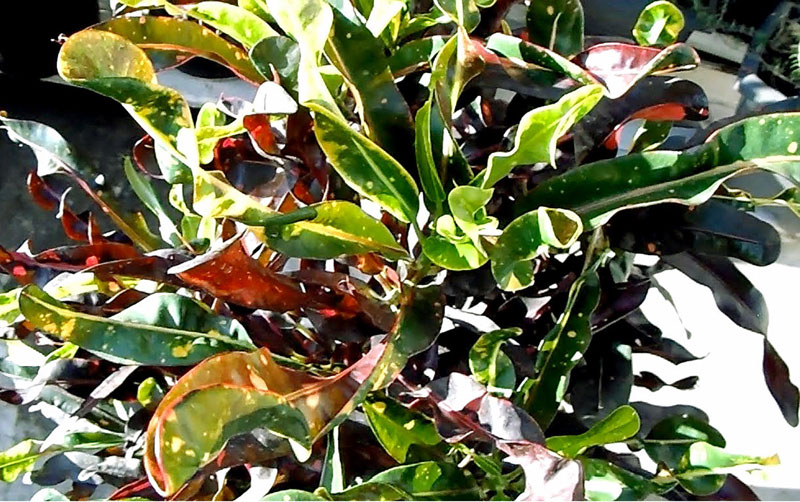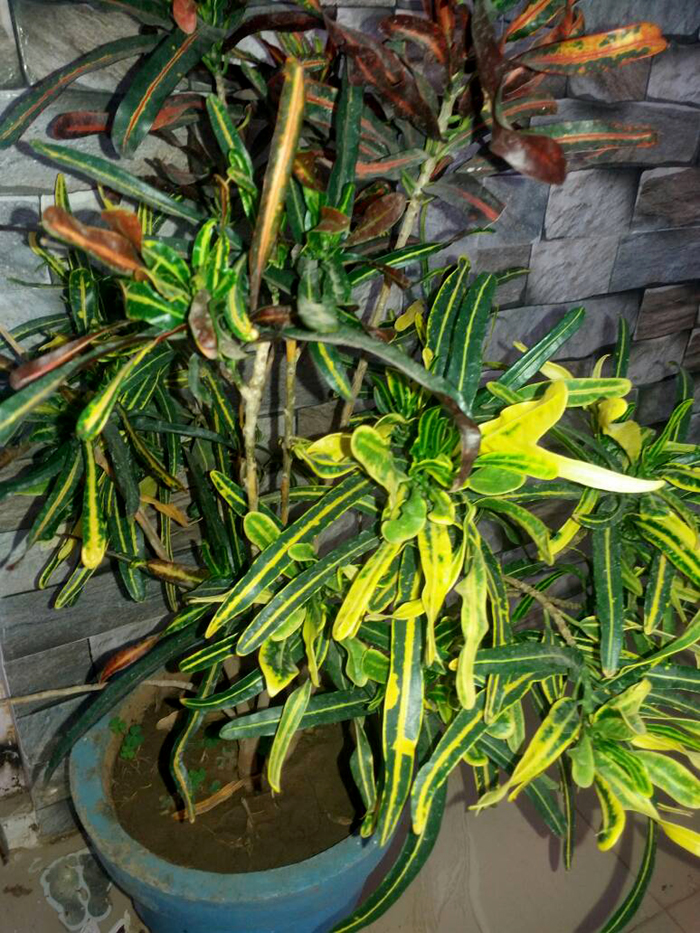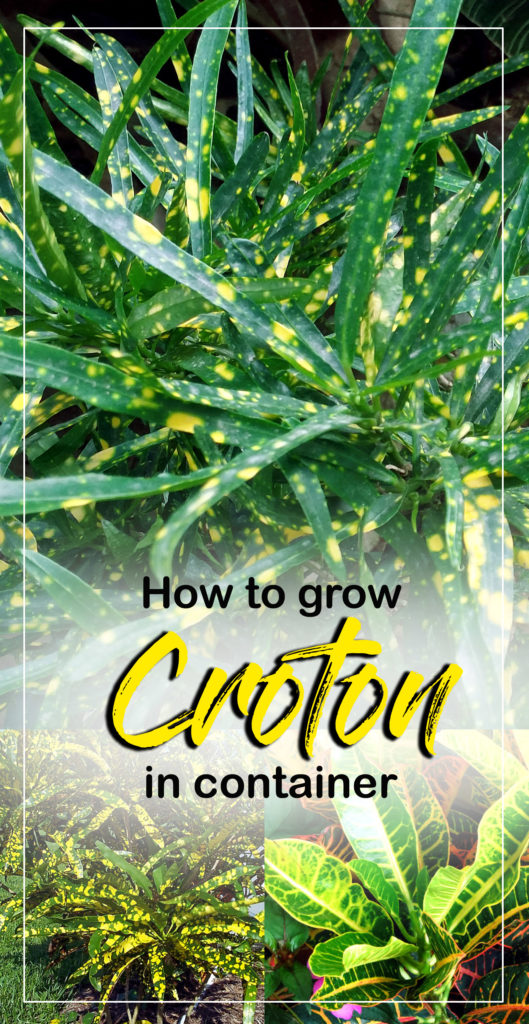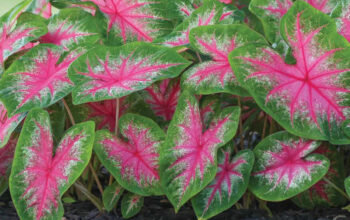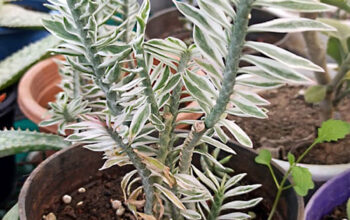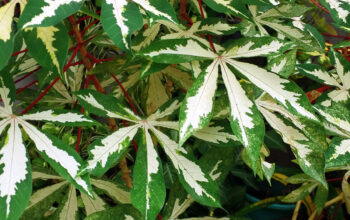Croton plant
Terrace Garden, Patio, and container are today in a special place, Croton’s increase in popularity is due to appear in all gardens. The Croton plant is an ornamental plant popular in tropical and subtropical climates. It is easy to maintain, the plant can be grown indoors and outdoors and prepares an excellent houseplant. See the appropriate information that will prove beneficial for you to plant croton and care, how to grow croton in a container, Growing Croton plant, Croton propagation, Croton varieties, and croton plant care.
Croton is the genus of the flowering plant from the spurge family Euphorbiaceae. European Georg Eberhard Rumphius described plants of this genus. It is a perennial plant that is 3 to 3.5 feet long. Most of these plants house plants which are grown at home or in a greenhouse. Plants come in different sizes and colors of leaves, their leaves are thick and glossy and come in several sizes- small, long, thin, thick, and twisted. It also comes in many colors as red, yellow, green, purple, orange, and mixed.
Croton is cultivated in most of the Indian subcontinent, Southeast Asia, New Guinea, the Pacific Islands, and Australia.
Classification
Scientific name Croton
Plant type Houseplant
Sun Full/ partial
Soil Rich soil
Height 3- 3.5 feet
Color Red, yellow, green, purple, orange, and mixed
USDA Zone 9-11
Croton Propagation
- This plant survives in most climates. These plants are growing well in direct sunlight, both indoors and outdoors.
- Too much sunlight can bleach the leaves of color. Many species of Croton light shade, partial shade, and full sun to light many species will thrive.
- Take stem cuttings, The cutting should have three sets of leaves from the top. Place the stem into a container filled with Potting Soil. Then covered by a polyethylene container to make the atmosphere become a greenhouse.
- Air layering is the propagation of the second technique, the roots of which the stem is still attached to the plant. Thick stem cut around with a sharp knife the diameter part 1.5 Inches. Remove the top cover of the stem. After that these part layering by rooting powder and tying it up and down with polyethylene with Potting Soil. A few days later, it will remove the roots. Then the plant was cut below the root ball and transplanted.
- Immerse it in the water a day before the propagation cutting, it reduces stress for plants and helps in maintaining moisture. If you cover the container with plastic, it keeps moisture for several weeks. Check it two or three times a week, and if it starts drying then sink a little water.
- Its propagation by stem cutting is quite easy. The plant cutting propagation directly into the soil or putting it in water the roots can be developed. It also can be grown from seeds.
Growing condition croton plant
- These plants are more affected by changing environments, low humidity, dryness, low temperature of 50 degrees, or rapidly changing temperatures. Due to this, its leaves start falling.
- It is easily grown in the garden in USDA Zones 11 and 12, or it can be grown in containers in full sun, though partial shade is tolerated.
- The narrow leaves are easy to grow and care
- It requires Rich Soil. Always use Potting Mix with compost. The plant requires soil well drainage so that the water goes out. A good drainage system into the container must be.
Growing seeds indoors
Start seeds indoors at any time, when the temperature is 70 to 80 degrees, they germinate well. It takes 30 days to germinate.
Popular croton varieties
The following are the most popular and best-performing Croton varieties.
Gold dust croton – Its leaves are bright green, wax, and oval-shaped leaves, and there are spectacular yellow spots in them. People often do this type of landscape in the temperate zone. It is an excellent houseplant performing well in indoor and outdoor industries.
Mammy Croton – This is the smallest and most popular variety, it usually grows to a height of two and a half feet. Its bright, soggy green, yellow, and red-twisted, like leaves, are attractive.
Croton plant care
- Plants like bright sunlight, but benefit from partial shade in the summer afternoon. Too much sun bleaches the color of its leaves. Croton Light feeder once a month and as such they require fertilizer.
- Engaged in a container for houseplants use liquid fertilizer.
- Indoor room temperature is 70 degrees F during the day and night temperatures of 10 to 15 degrees F cooler. Croton Protect cold draft.
Pests and disease croton
Although the plant is free from pests, some garden pests are affected by it. Mealybug’s effects sometimes get seen. Its leaves are curved and speckled by meets attack. Thrips attack has also developed new plants. these houseplants to get rid of these pests through pesticides.
Read also:
How to grow Monstera deliciosa. How to grow bay leaf plants. Growing oregano at home. Trimming tree and houseplants. Growing Passion flowers in containers. 10 root vegetables easy to grow.
For Pin:

